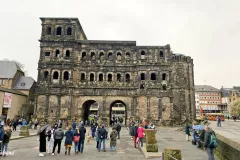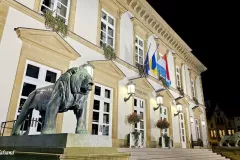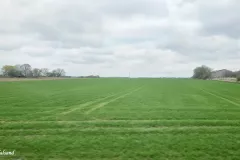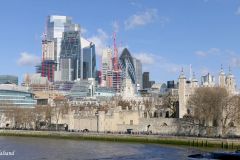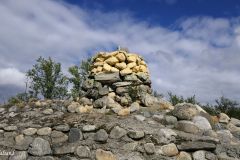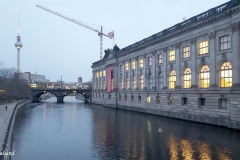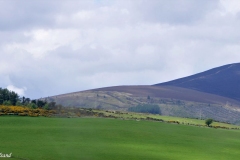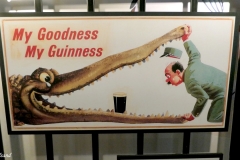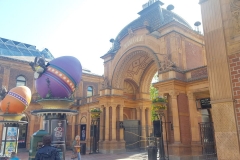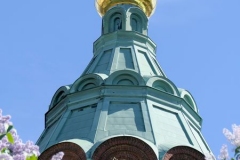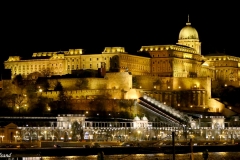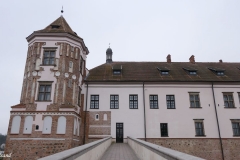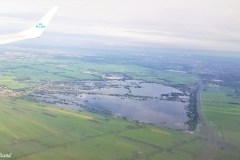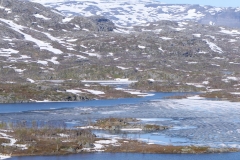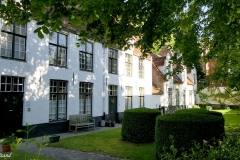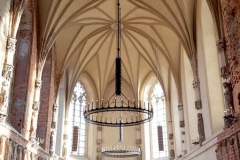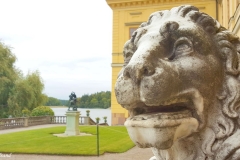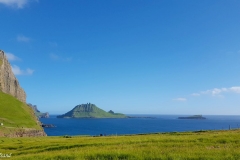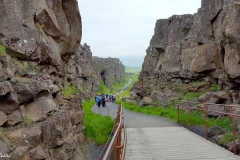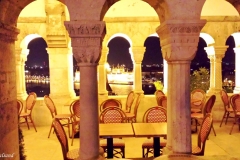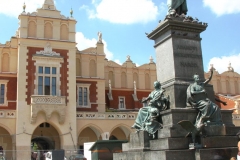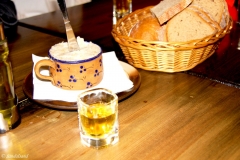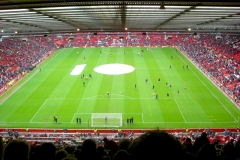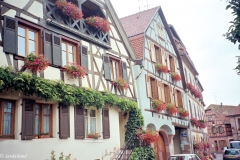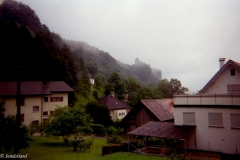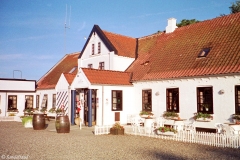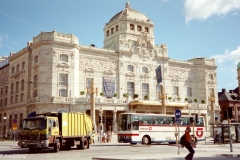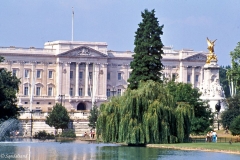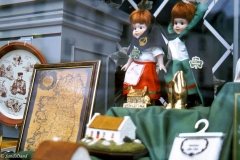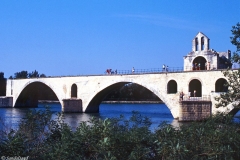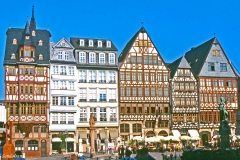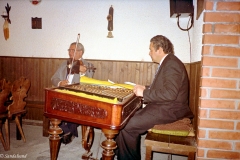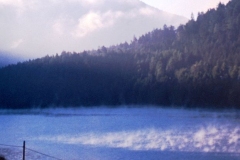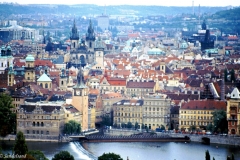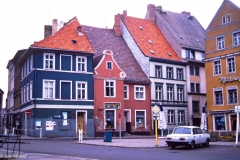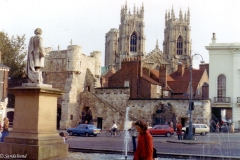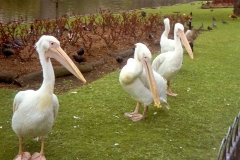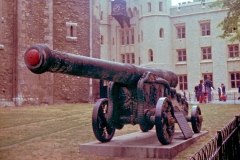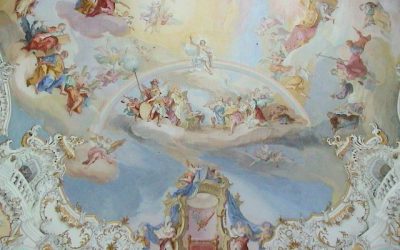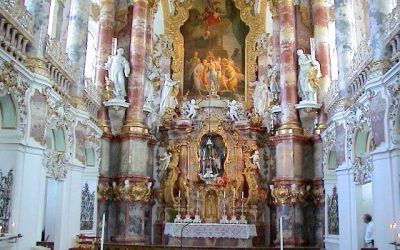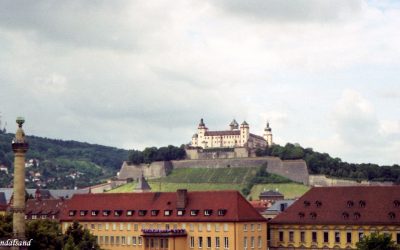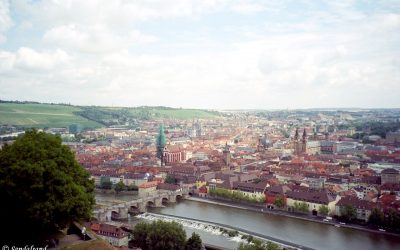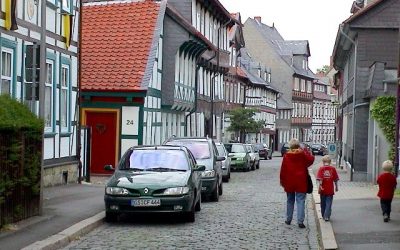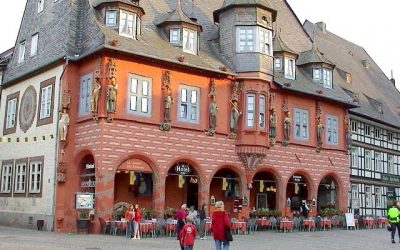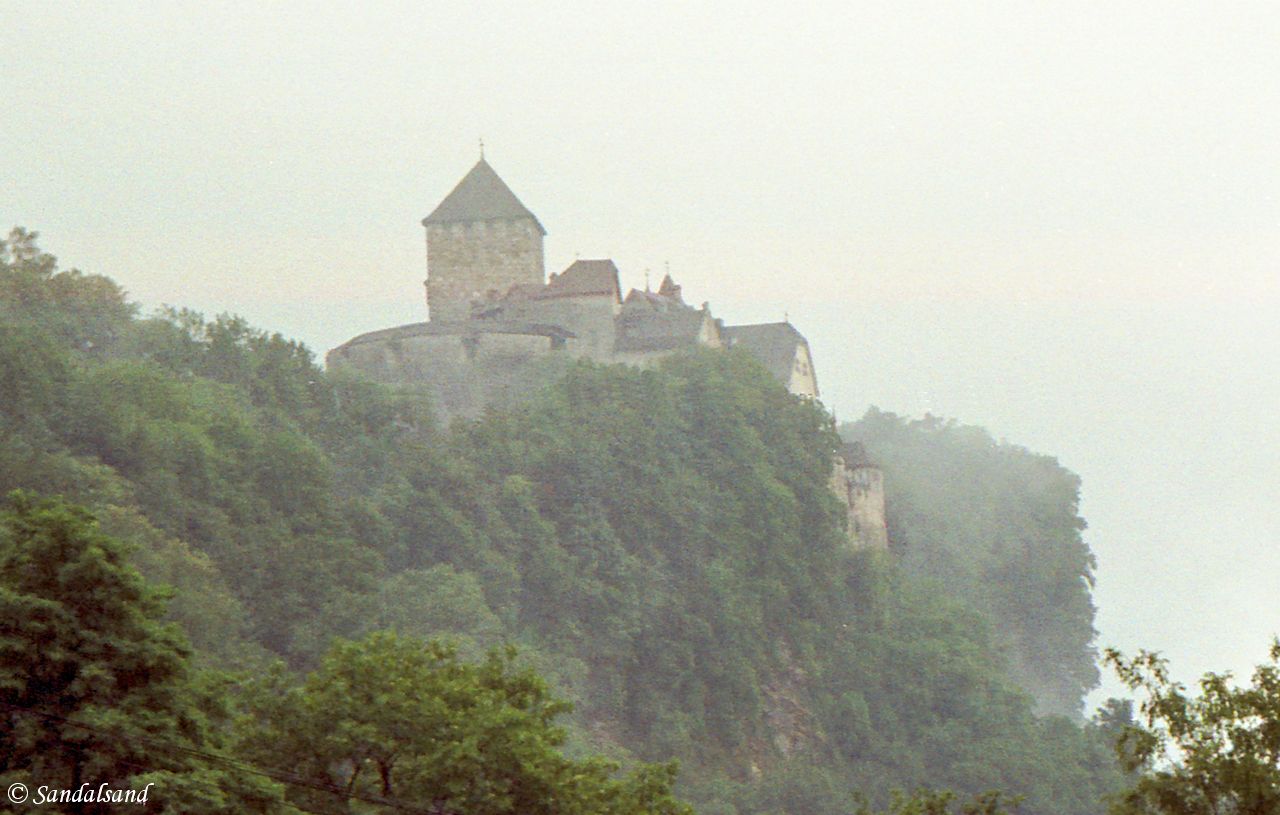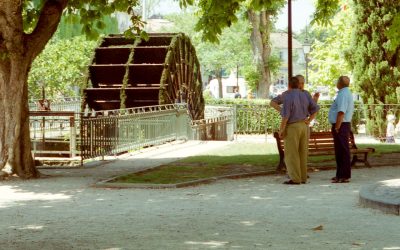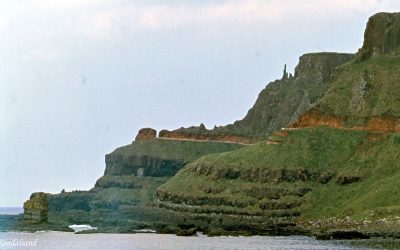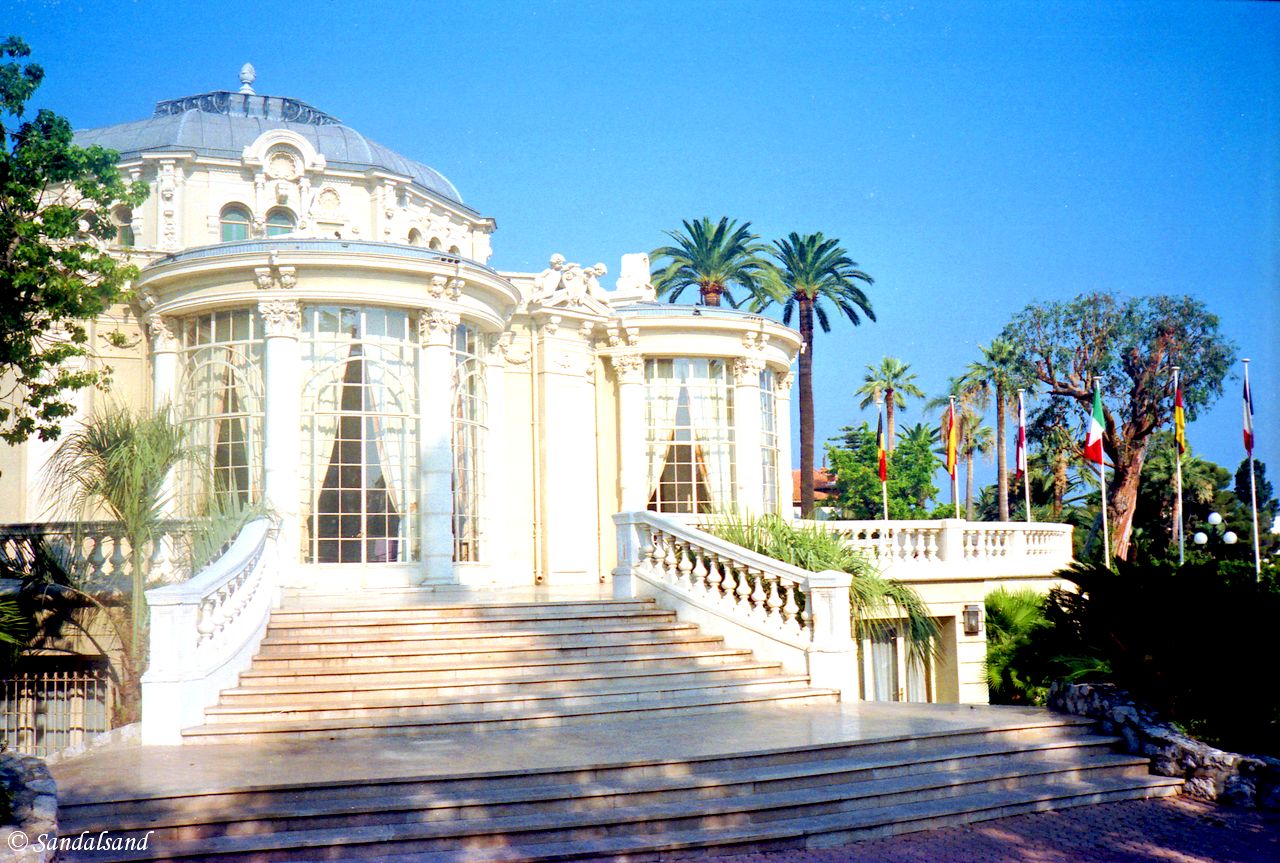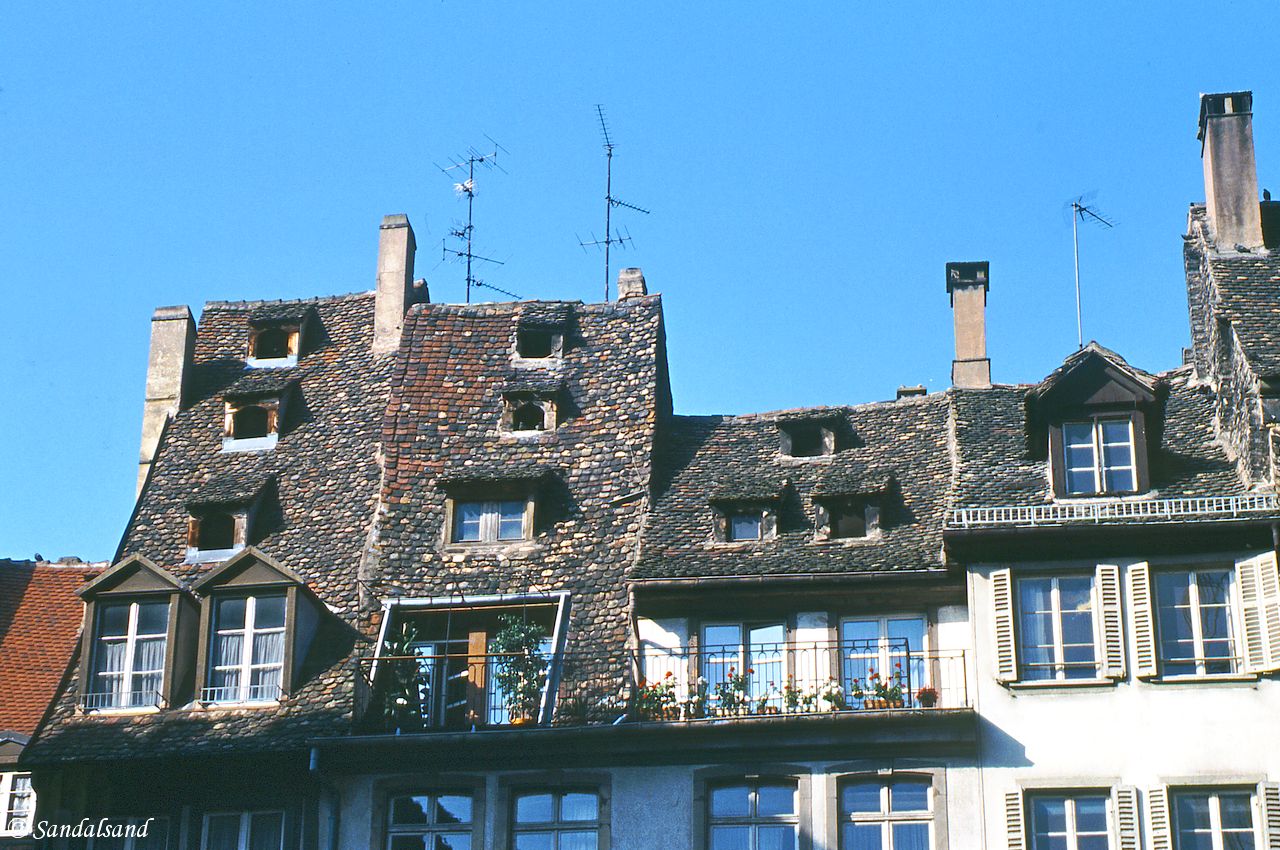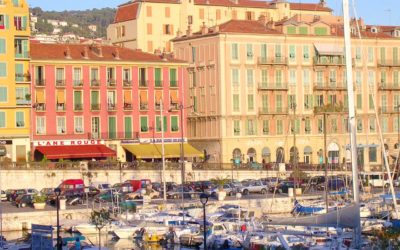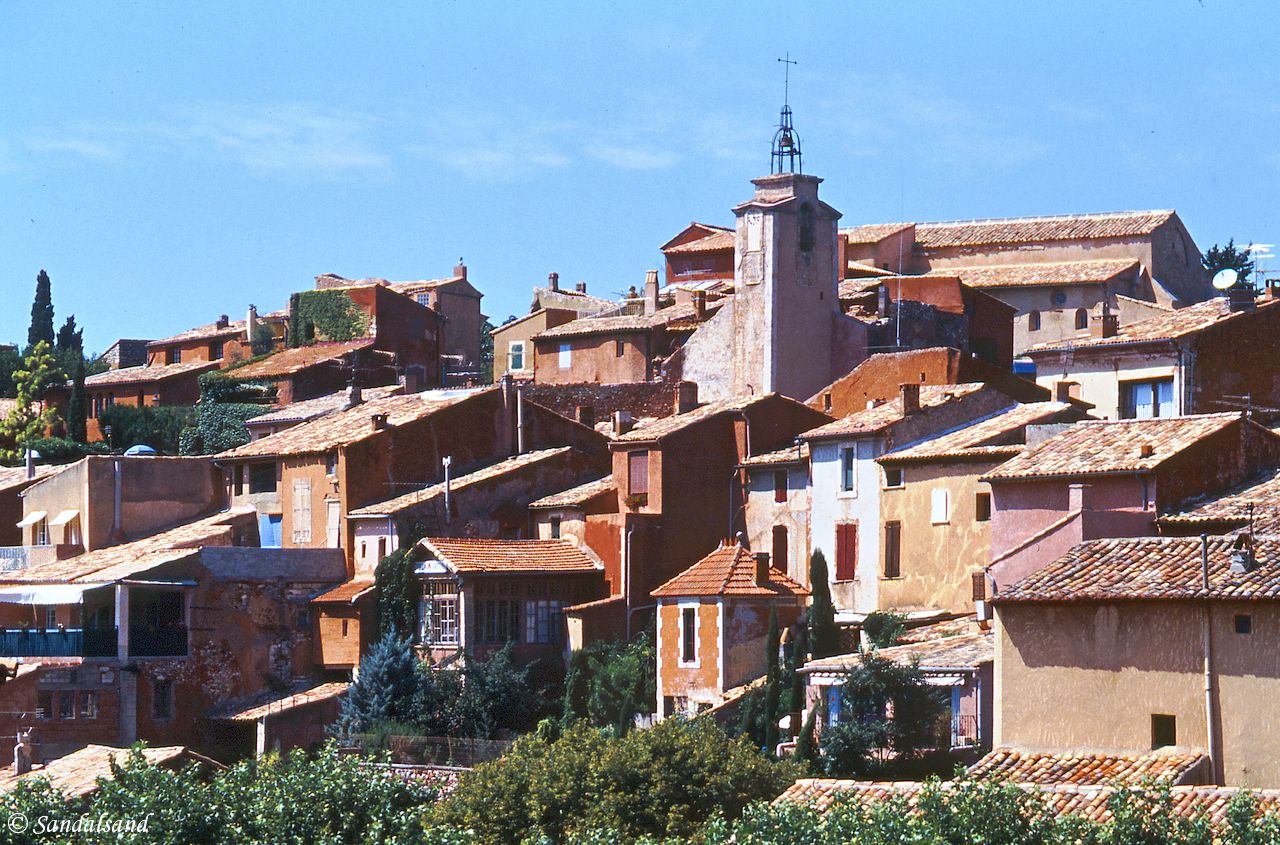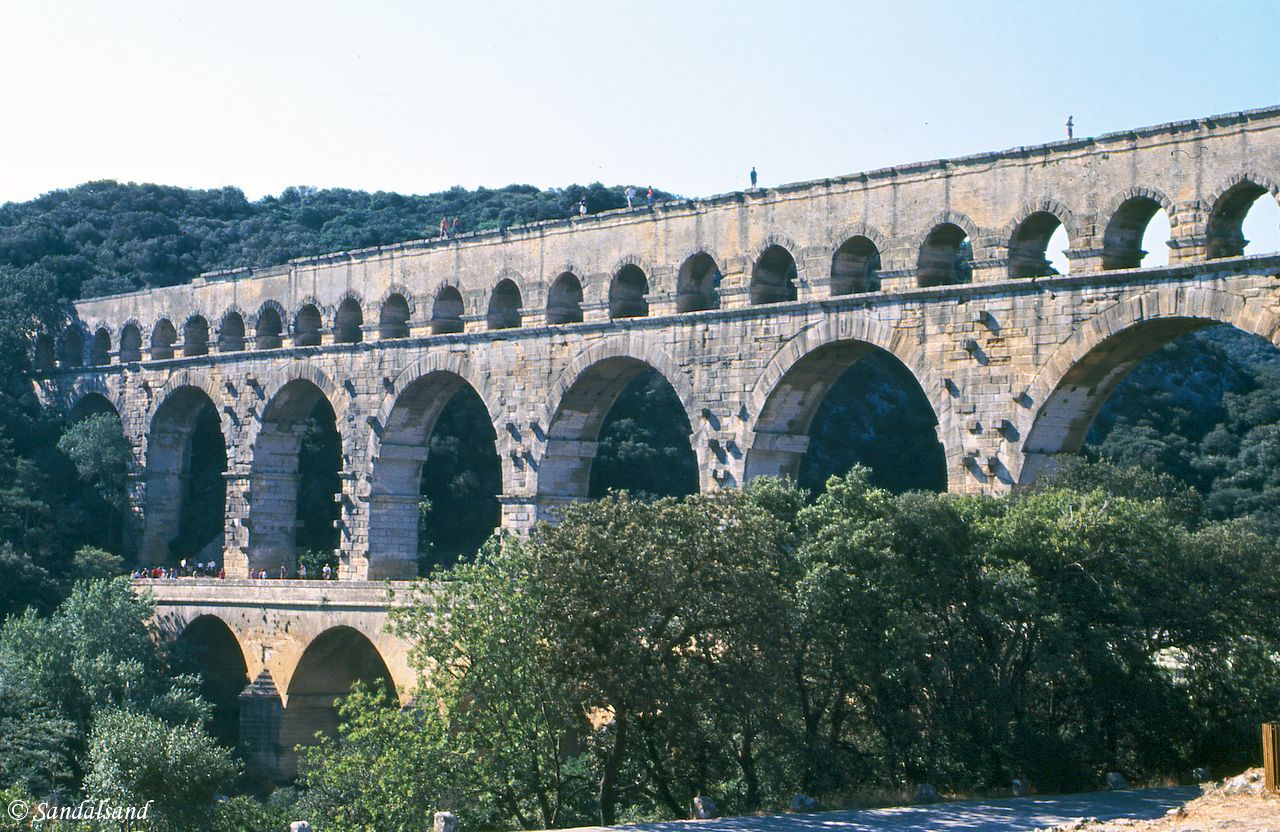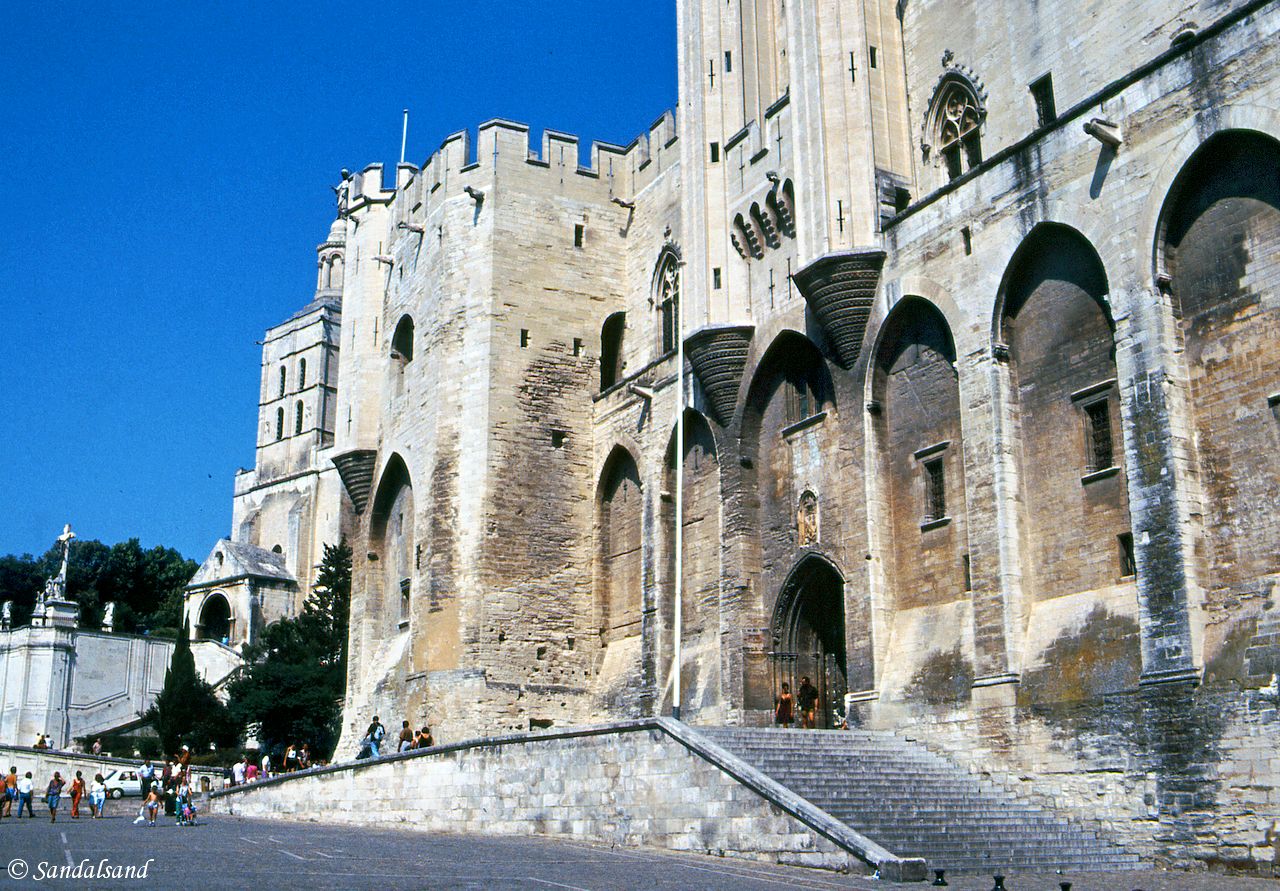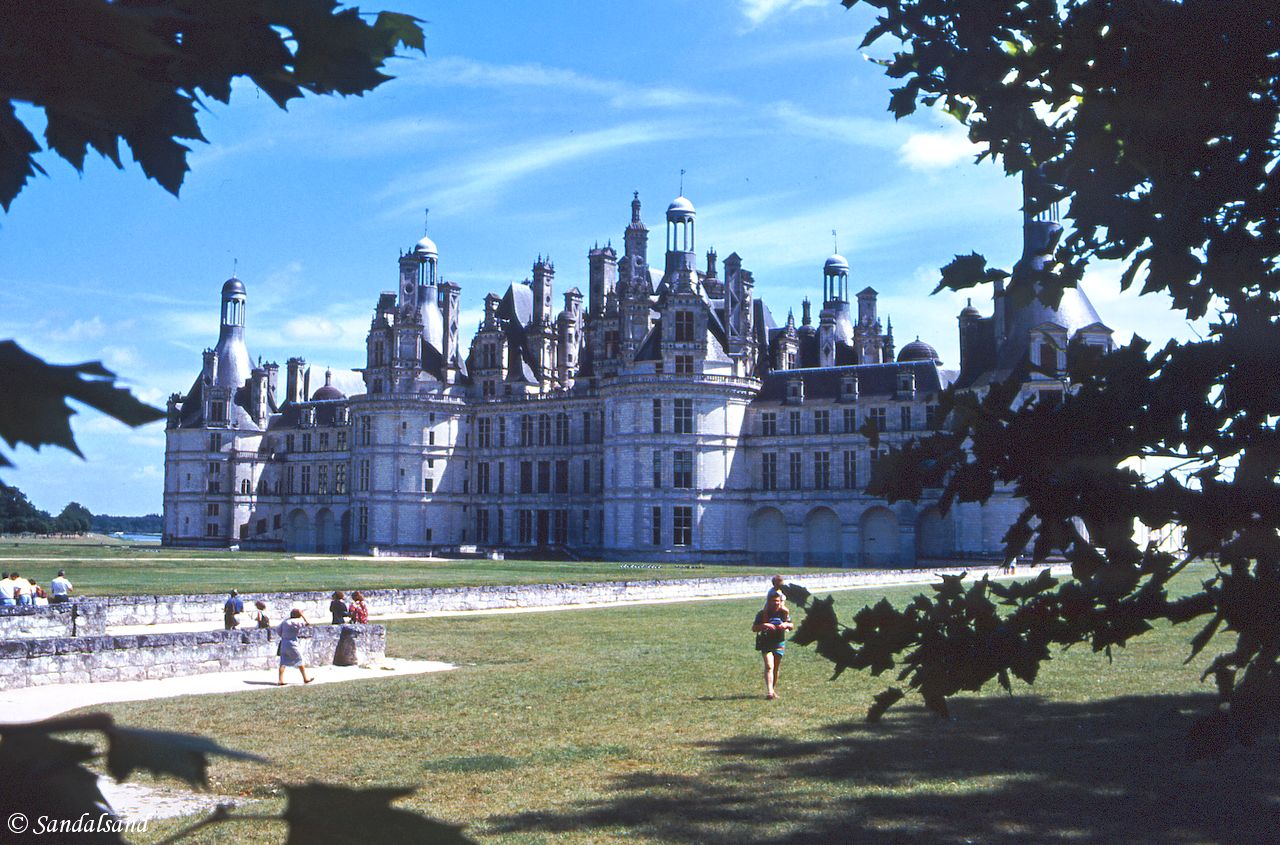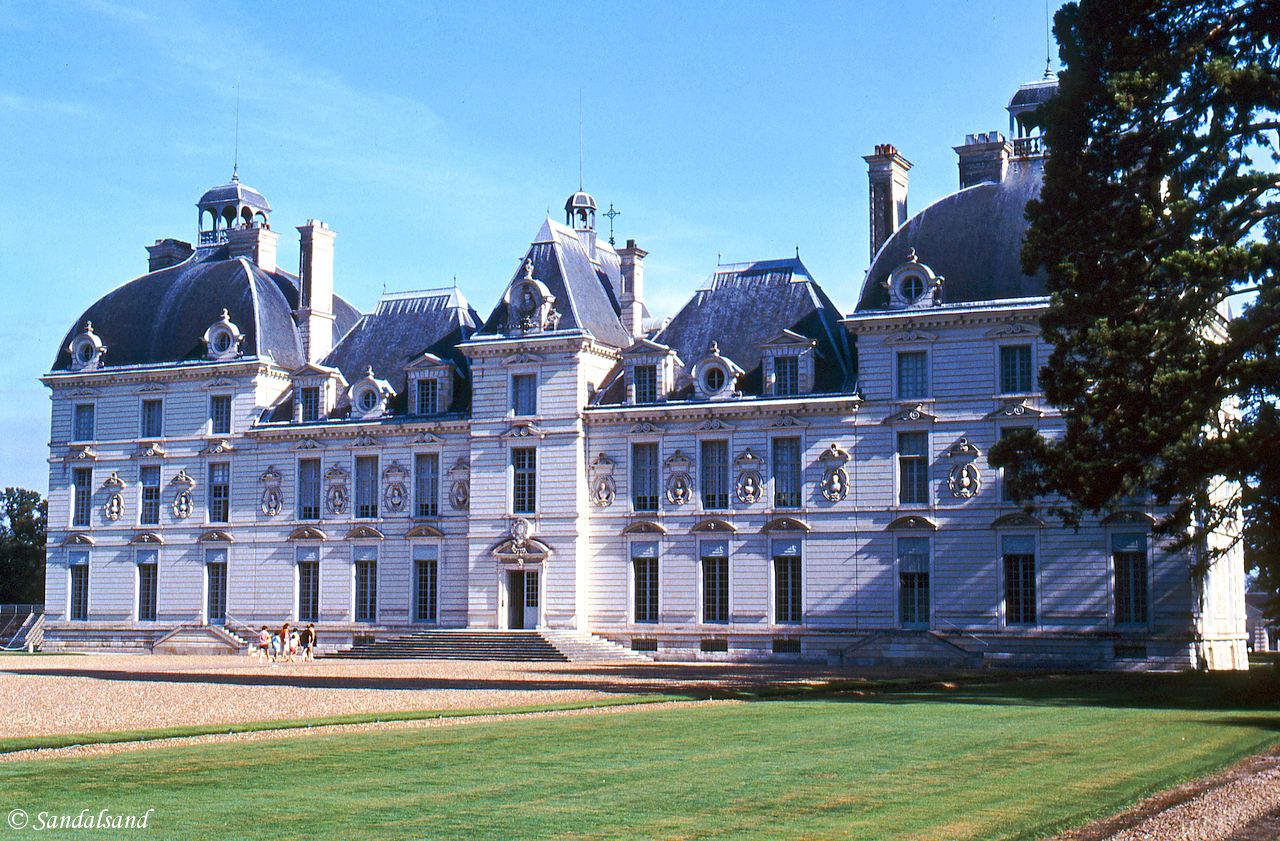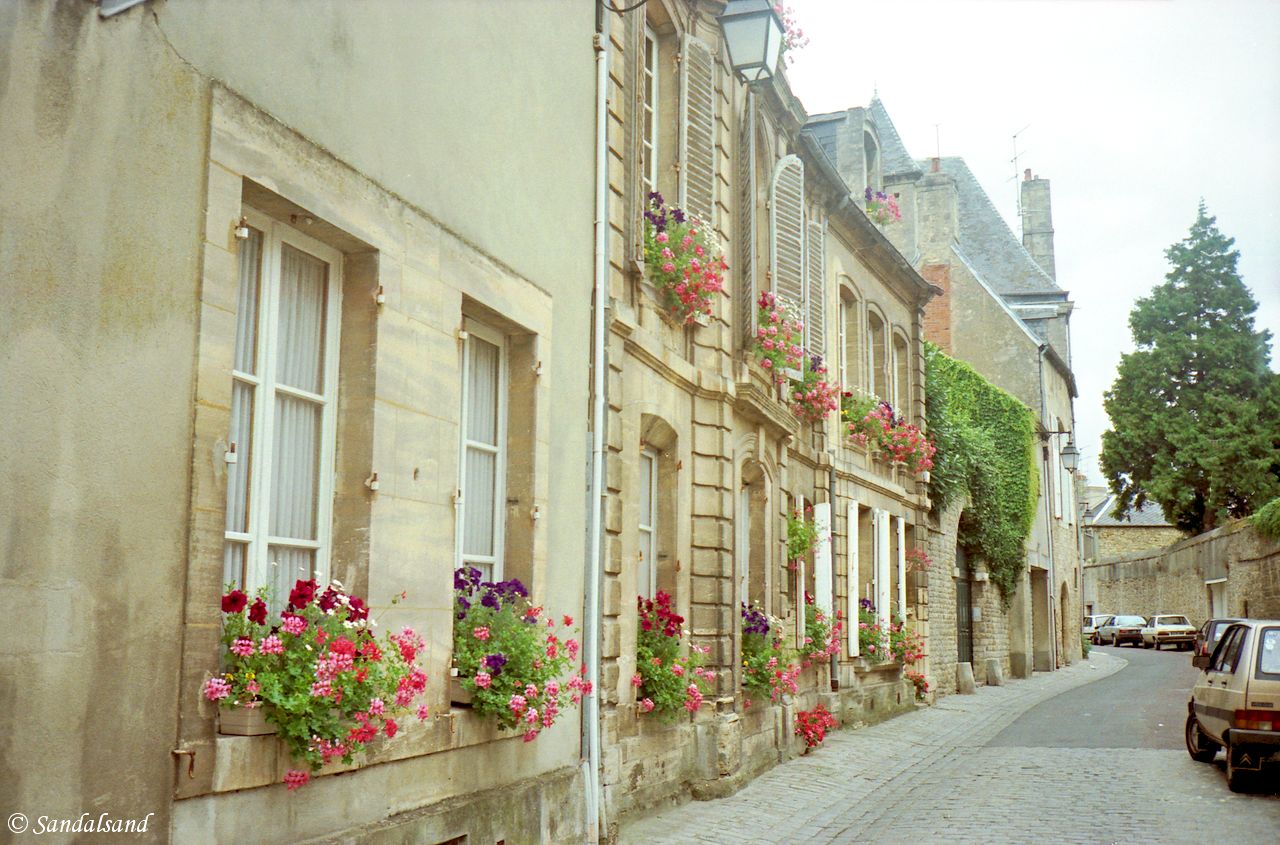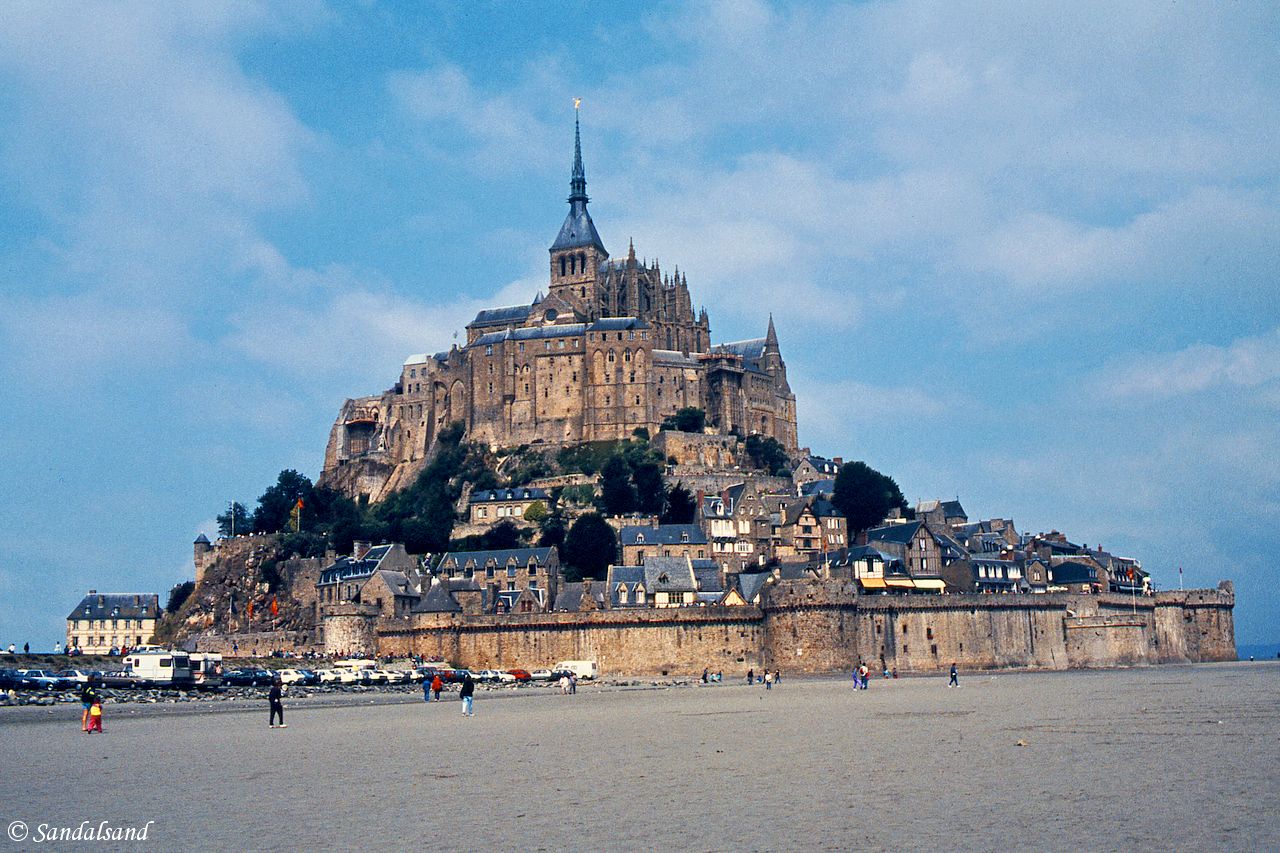Intro
Countries
Photos
Blog
Facts
Overall impressions
This is a picture from the “Old World”, the largely Protestant and ethnically quite homogeneous region stretching from Prague in the southeast to Ireland in the west to Scandinavia in the north – and to some extent Russia in the east. For four hundred years, between 1550/1600 and 1950/2000, countries in this region defined the world as we today know it. Geo-politically, economically, militarily, philosophically, culturally, and in terms of world languages.
All about this region is history. Everything older than 200 years fascinates Americans who come here. The OMGs emit at a constant pulse. This region hardly offers anything but 200+ years of historical artefacts. Asians who come here find consumers able to pay for their products. Africans coming here find nothing but a boot kicking them back home again.
The region’s population is (at least relatively speaking) in decline, it is ageing, the economic importance is becoming negligent, innovations take place elsewhere in the world, the region’s countries have for decades been vassal states under an external superpower. Europe as a whole is splitting apart in infighting, selfishness and an overburdened welfare state.
Countries
Armenia | Austria | Azerbaijan | Belarus | Belgium | Czechia | Denmark | Estonia | Finland | France | Georgia | Germany | Hungary | Iceland | Ireland | Latvia | Liechtenstein | Lithuania | Luxembourg | Netherlands | Norway | Poland | Russia | Slovakia | Sweden | Switzerland | Ukraine | United Kingdom
There are 25 countries in what Sandalsand has grouped as North and Central Europe. Click a country name to view all posts from each country.
My definition of North and Central Europe encompasses everything north of the Mediterranean Ocean, including parts of Eastern Europe. Sandalsand’s travels in this world region are numerous. Obviously, I have lived here all my life. If I was to attempt a resume of my travels in this region, I would not know where to start or finish, or how.
I have been to almost all countries in this region. The three exceptions are in the Caucasus. To be more specific, I have not been to Georgia, Armenia or Azerbaijan. Historically, they have been categorised as West Asia or even Middle East. In recent years, geographers have started to group the three under the Europe heading. I am including them here for the time being. They are most certainly on my bucket list, for many reasons.
Photo galleries
Open the box to view a multitude of picture galleries from Sandalsand’s travels in this region.
Click to show or hide
For the best experience, open a picture gallery in a new tab or window. You will find numerous galleries from Norway on another page. Read the introduction to Norway.
Posts from North, Central and East Europe
Find Norway entries on a separate page.
World Heritage #0271 – Church of Wies
What does a Rococo church look like? Come to the church of Wies and enjoy this strikingly beautiful church. The UNESCO World Heritage List includes...
VIDEO – Germany – Wieskirche
This is a video from Wieskirche. "The Pilgrimage Church of Wies" (Wieskirche) is no. 271 on UNESCO's World Heritage List. According to Wikipedia,...
World Heritage #0169 – Würzburg
There are a few palaces on the World Heritage List, and Würzburg in central Germany is not the least impressive. The UNESCO World Heritage List...
VIDEO – Germany – Würzburg
This video from Würzburg includes the Marienburg Fortress over the River Main as well as the World Heritage Site on the river bank. "The Würzburg...
World Heritage #0623 – Goslar
Mining innovation and the pretty town of Goslar. These are the key words about this heritage site in the middle of Germany. The UNESCO World...
VIDEO – Germany – Goslar
This video is from Goslar. It is part of no. 623 on UNESCO's World Heritage List. "Mines of Rammelsberg, Historic Town of Goslar and Upper Harz...
Pictures from Liechtenstein
This is a collection of pictures from Liechtenstein, the result of an ultra short visit in 2002. We drove through the country and only made a short...
Vaduz and Liechtenstein on a detour
Vaduz is the capital of the Principality of Liechtenstein, one of Europe's miniature states. It is nestled between Austria and Switzerland. We only...
Villages and towns of Provence
There are numerous villages and towns in Provence worthy a visit. A visitor has many opportunities and not all are very different. It all depends on...
Roman ruins and medieval fortresses in Provence
We will explore Roman ruins and medieval fortresses in Provence. The name stems from its status as “province” in the Roman era. Pont du Gard There...
Provence – What is it?
What is it with Provence? Foreigners having spent a year or more write books warning us of the difficulties visitors face. Yet we are still lured...
Almost on the North Pole, a visit to Svalbard
Svalbard is an extreme place on Earth. In the winter snow and darkness falls upon the land, giving in to the midnight sun and a very short...
Revisiting the most famous sights of London
London is a lovely city. There is always something new to discover, and the familiar places are always pleasant to return to. We went to the most...
World Heritage #0369 – Giant’s Causeway
There are many strange rock formations around the world. The ones at Giant's Causeway are astonishingly beautiful as well, situated on a rough...
The French Riviera and the return home
We spent the last days on our InterRail on the The French Riviera. We had some lazy, lovely days on the Cote d'Azur... and a long way home. This...
World Heritage #0495 – Strasbourg
Strasbourg is a very nice town to walk around in, parts of which set you back a few hundred years in time. The UNESCO World Heritage List includes...
World Heritage #1635 – Nice
Nice, the very popular town on the French Riviera, is part of the World Heritage List. UNESCO calls it a winter resort town, but Nice is in fact a...
Provence and the Cote d’Azur
Our InterRail ticket had brought us to Provence and the Cote d’Azur. Here we went to visit the papal city of Avignon with an unfinished bridge,...
World Heritage #0344 – Pont du Gard (Roman Aqueduct)
There are many Roman aqueducts to be found throughout Europe, but few as impressive as Pont du Gard. The UNESCO World Heritage List includes more...
World Heritage #0228 – Avignon
Corrupt popes and internal fights for power in Rome lay the grounds for the rise of Avignon as an important town. The UNESCO World Heritage List...
The Loire Valley and its palaces
Grand palaces and parks in the Loire Valley. The town of Blois was an exquisite base to explore the palaces of Cheverny and Chambord. This...
World Heritage #0933 – Loire Valley
The Loire Valley in the central parts of France, offers beautiful scenery and some amazing palaces set on the river banks. The UNESCO World Heritage...
Normandie and Bretagne
What follows is a visit to a famous tapestry and D-Day beaches in Normandie (Normandy) and a strange mountain in the sea in Bretagne (Brittany)....
World Heritage #0080 – Mont-Saint-Michel
The Mont-Saint-Michel is one of many monasteries located on remote hilltops, but few are as large and iconic as this one. The UNESCO World Heritage...
If countries were people, England and France would be old men. Italy would be dead. Compared with them, America is in its 20s. (will.i.am)
A fact sheet
This is Wikipedia’s introduction to Europe as a whole.
Map and numbers
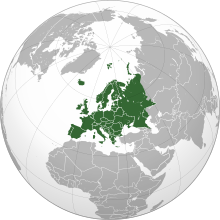
- Area: 10,180,000 km2
- Population: 741,447,158 (2016)
- Population density: 72.9/km2
- Nominal GDP: $20.2 trillion (2017)
- PPP GDP: $26.7 trillion (2017)
- Per capita GDP: $27,330 (2017)
- HDI: 0.845
- Demonym: European
- Countries: 50 sovereign states, one observer, 6 with limited recognition
- Dependencies: 6 dependencies
Geography
Europe is a continent located entirely in the Northern Hemisphere and mostly in the Eastern Hemisphere. It is bordered by the Arctic Ocean to the north, the Atlantic Ocean to the west and the Mediterranean Sea to the south. It comprises the westernmost part of Eurasia.
Since around 1850, Europe is most commonly considered as separated from Asia by the watershed divides of the Ural and Caucasus Mountains, the Ural River, the Caspian and Black Seas and the waterways of the Turkish Straits. Though the term “continent” implies physical geography, the land border is somewhat arbitrary and has moved since its first conception in classical antiquity. The division of Eurasia into two continents reflects East-West cultural, linguistic and ethnic differences, some of which vary on a spectrum rather than with a sharp dividing line. The border does not follow political boundaries, with Turkey and Russia being transcontinental countries.
Europe covers about 10,180,000 square kilometres, or 2% of the Earth’s surface (6.8% of land area). Politically, Europe is divided into about fifty sovereign states of which the Russian Federation is the largest and most populous, spanning 39% of the continent and comprising 15% of its population. Europe had a total population of about 741 million (about 11% of the world population) as of 2016. The European climate is largely affected by warm Atlantic currents that temper winters and summers on much of the continent, even at latitudes along which the climate in Asia and North America is severe. Further from the sea, seasonal differences are more noticeable than close to the coast.
History
Europe, in particular ancient Greece, was the birthplace of Western civilization. The fall of the Western Roman Empire in 476 AD and the subsequent Migration Period marked the end of ancient history and the beginning of the Middle Ages. Renaissance humanism, exploration, art and science led to the modern era. From the Age of Discovery onwards, Europe played a predominant role in global affairs. Between the 16th and 20th centuries, European powers controlled at various times the Americas, almost all of Africa and Oceania and the majority of Asia.
The Age of Enlightenment, the subsequent French Revolution and the Napoleonic Wars shaped the continent culturally, politically and economically from the end of the 17th century till the first half of the 19th century. The Industrial Revolution, which began in Great Britain at the end of the 18th century, gave rise to radical economic, cultural and social change in Western Europe and eventually the wider world.
Both world wars took place for the most part in Europe, contributing to a decline in Western European dominance in world affairs by the mid-20th century as the Soviet Union and the United States took prominence. During the Cold War, Europe was divided along the Iron Curtain between NATO in the West and the Warsaw Pact in the East, until the revolutions of 1989 and fall of the Berlin Wall.
Source
Wikipedia on a Creative Commons Attribution-ShareAlike License. Date: 2018-06-22


